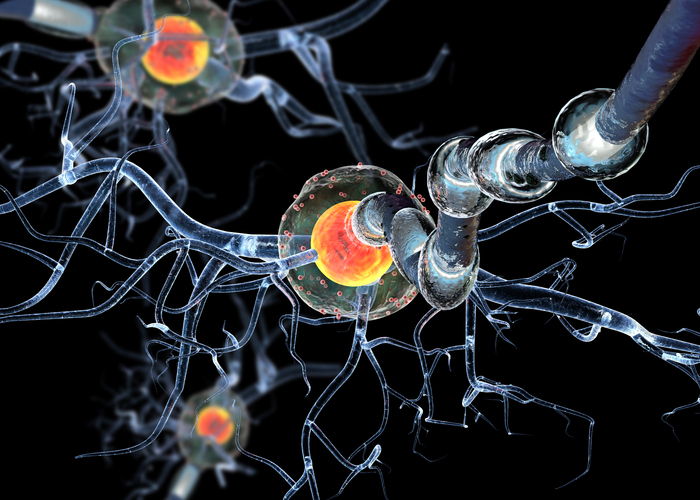Left Untreated, Hereditary Hemochromatosis Can Cause Serious Health Issues
Hereditary hemochromatosis (HH) is among the most common genetic disorders affecting Americans and is often challenging to diagnose and potentially life threatening. According to the National Institutes of Health (NIH), the disease affects an estimated one million Americans and, if left untreated, can cause serious health complications.
Sometimes referred to as iron overload, HH is a genetic disorder where excessive amounts of iron build up in the blood. Iron, a mineral found in foods such as red meat, plays an essential function by helping to move oxygen throughout the body. However, the right balance is crucial.
If the body absorbs too much iron and the HH disrupts the natural mechanisms regulating absorption, the elevated iron levels in the blood can become toxic. As a result, severe damage to the heart, liver and pancreas can occur — potentially leading to serious health complications such as diabetes, cirrhosis (scarring of the liver) and heart failure.
Difficulties In Diagnosis
Diagnosing HH can be difficult despite the genetic defect being present at birth. Not everyone experiences symptoms and many of those associated with the disease can signal other conditions, therefore complicating the process to pinpoint a diagnosis.
“Patients commonly report chronic fatigue and joint pain, which can suggest many prevalent conditions, and so there isn’t always a straightforward starting place or indication of hemochromatosis based off the symptoms alone,” says Dr. Ryan Light, a family medicine physician at TPMG Greenbrier Family Medicine in Chesapeake, Va.
Men are more likely to be affected and typically begin to experience symptom onset between the ages of 30 and 50. Women, however, “often do not experience symptoms of iron overload until late adulthood as the excess iron is removed from the body naturally during menstruation,” Light says.
If hemochromatosis is suspected, Light adds, a routine blood test is ordered to initiate a diagnosis. Referral to a hematologist — a physician specializing in blood disorders — is standard to receive further specialized tests for confirmation. Genetic testing may be recommended.
Treatment Options
“The initial treatment objective for hemochromatosis is to remove the excess iron in the blood as quickly as possible through phlebotomy,” Light says. The phlebotomy treatments are similar to donating blood at a blood bank.
Depending on the severity of the iron overload, phlebotomy may be needed multiple times over the course of weeks, months or throughout the year to remove the excess buildup of iron in the blood and manage iron levels, according to Light. As treatment is ongoing, regular blood tests may be done to monitor iron levels and assist in determining the frequency of phlebotomy treatments.
Once the levels are normalized, a combination of phlebotomy and dietary changes — such as limiting iron-rich foods — can be a useful management option, Light says.
Genetics At Play
HH typically results when a person inherits mutated genes associated with the disorder from their parents, according to the NIH. While these individuals are at a higher risk of experiencing the iron overload and related complications, there is a possibility they may not develop the disorder. It is essential, however, that these individuals — even if they do not experience symptoms — carefully monitor their iron levels and engage in preventative behaviors, such as routine annual physicals, regular blood testing and dietary changes.
If a mutated gene is passed — for instance, to a child who receives one copy of the gene — that child would be considered a carrier.
Carriers might not ever develop the disorder in their lifetime; however, Light recommends they receive routine annual physicals and blood testing to monitor for the onset of symptoms and elevated iron levels.
If someone in your family is diagnosed with HH, referral for genetic testing may be suggested for their immediate family members (children, siblings and parents) to help guide and inform future monitoring and preventative behaviors. Having a thorough understanding of one’s family history is invaluable for HH patients and their families, empowering them to protect and manage their health proactively.
“Understanding your risk factors for disease and genetic conditions is crucial to managing and preventing health complications as well as for taking steps to mitigate those risks,” Light says.







